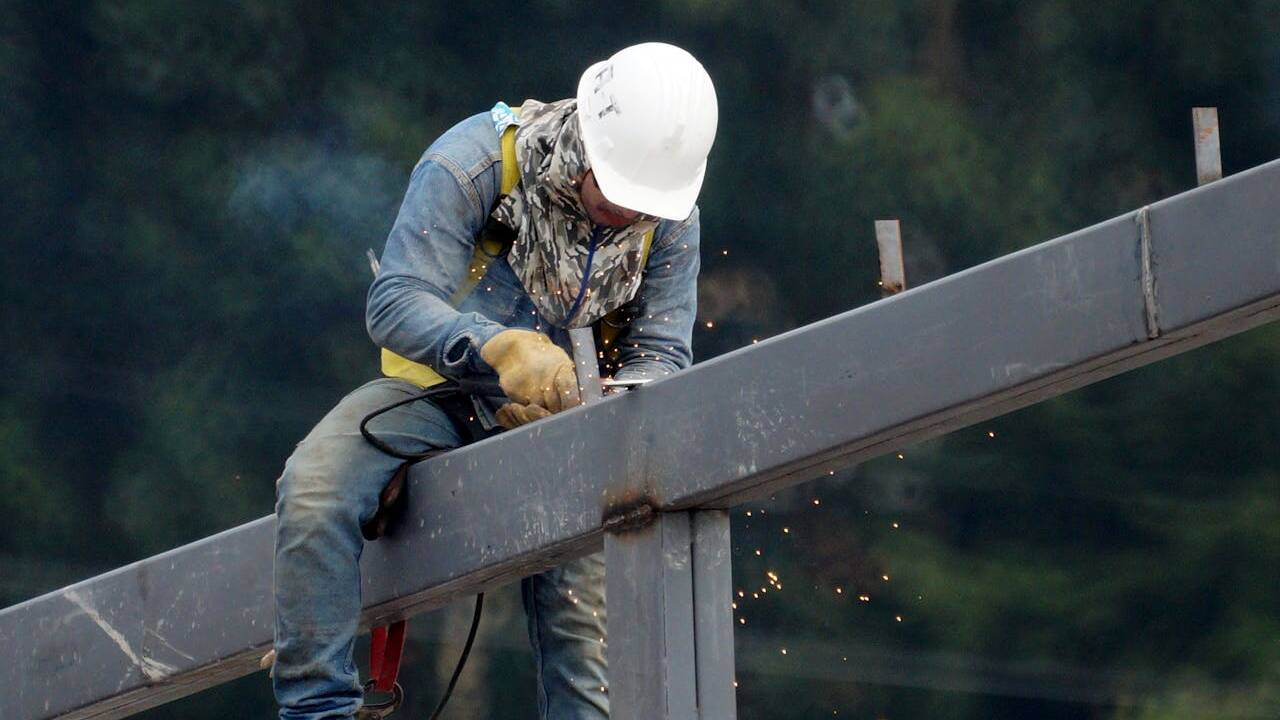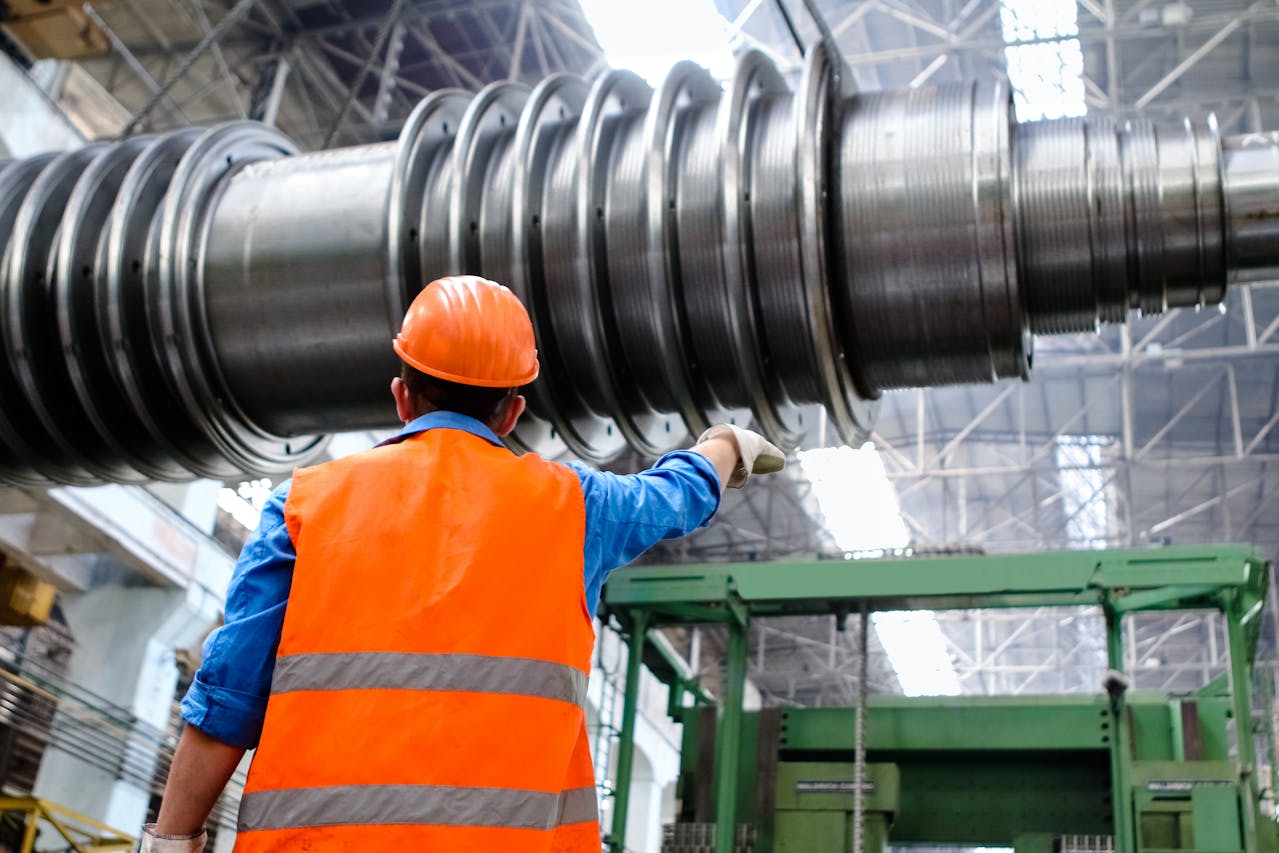Different Types Of Steel Beams |Benefits & Applications

In the construction industry, steel beams are crucial for providing structural integrity. And, we know that you understand that the choice of steel beams is pivotal in determining the durability and strength of a structure. Continue reading to discover everything you need to know about steel beams, explore the different types available, unravel their benefits, and delve into their diverse applications.
Types of Beams in Steel Structures

1. Universal Beams (UB)
Universal Beams, commonly known as UBs, are the foundations of steel construction. Their H-shaped profile provides excellent load-bearing capacity, making them a staple in various structural applications. From supporting floors to creating sturdy frameworks, UBs are the go-to choice for engineers and builders seeking versatility and strength.
2. I-Beams
I-Beams, W-Beams or H-beams, feature a distinctive I-shaped cross-section. This design optimises their strength-to-weight ratio, making them ideal for applications requiring long spans and heavy loads. I-Beams find extensive use in construction projects, bridges, and industrial structures.
3. HSS (Hollow Structural Sections)
HSS, or Hollow Structural Sections, refer to square, rectangular, and circular steel tubes. The hollow nature of these sections reduces weight and provides excellent torsional resistance. HSS is a popular choice for columns, braces, and other structural elements, offering a unique aesthetic appeal and structural efficiency.
Architects and engineers have various beam options to choose from when constructing steel structures. Each type of beam offers a unique set of benefits that can be tailored to meet the specific needs of a project. Universal Beams are known for their robustness, I-Beams for their versatility, and Hollow Structural Sections for their aesthetic appeal. With this comprehensive toolkit, designers can create resilient and innovative constructions.
Benefits of Steel Beams in Construction
1. Strength and Durability
Steel beams boast unparalleled strength, ensuring the structural integrity of buildings and infrastructure. Their durability enables them to withstand heavy loads, making them a reliable choice for long-term use without compromising safety.
2. Versatility in Design
This unique ability enables architects and engineers to explore innovative designs and create structures with intricate detailing. Steel’s malleability and strength open possibilities for unique and visually appealing constructions.
3. Sustainable and Recyclable
Steel is a sustainable building material with a high recycling rate. Using steel beams contributes to eco-friendly construction practices, reducing the environmental impact and promoting a more sustainable approach to building.
4. Cost-Effective
While the initial cost of steel beams may be higher than some alternatives, their long lifespan, low maintenance requirements, and recyclability make them a cost-effective choice in the long run. The investment in steel pays off in terms of durability and reduced maintenance costs over time.
Applications of Different Types of Steel Beams

1. Building Construction
Steel beams play a fundamental role in building construction, serving as primary structural elements that support the weight of floors, roofs, and walls. Steel beams are integral to creating stable and secure structures, from residential houses to towering skyscrapers.
2. Bridges and Infrastructure
In bridge construction, the superior strength of steel beams allows for the creation of expansive and durable spans. The ability to support heavy loads makes steel beams a cornerstone in developing robust and long-lasting infrastructure.
3. Industrial Structures
Steel beams are the backbone of industrial structures, supporting heavy machinery, equipment, and storage systems. Their versatility allows engineers to design efficient layouts for factories and warehouses.
Exploring Cedar Steel’s Offerings
At Cedar Steel, we take pride in offering a range of steel beams tailored to meet the diverse needs of construction projects. Explore our structural steel beams page to discover the options for your structural requirements.
Understanding Structural Steel Supply
Explore our Structural Steel Supply services to see how Cedar Steel can be your trusted partner in ensuring a seamless supply of high-quality structural steel for your projects. We are committed to delivering excellence in the steel supply chain.
FAQs

1. What are the key advantages of using steel beams in construction?
Steel beams offer several advantages in construction, including exceptional strength and durability. Their versatility allows for creative and efficient designs while being a sustainable and recyclable material making them a responsible choice. Additionally, the cost-effectiveness of steel beams, considering their long lifespan and low maintenance requirements, contributes to their widespread use in the construction industry.
2. How do Universal Beams (UB) differ from I-Beams in structural applications?
The primary difference between Universal Beams (UB) and I-Beams is their cross-sectional shapes. UBs have an H-shaped profile, providing reliable load-bearing capacity and versatility. In contrast, I-Beams feature an I-shaped cross-section, optimising their strength-to-weight ratio, making them suitable for applications requiring long spans and heavy loads. Both types, however, offer essential structural support in various construction projects.
3. What role do Hollow Structural Sections (HSS) play in steel structures, and where are they commonly utilised?
Hollow Structural Sections (HSS), encompassing square, rectangular, and circular steel tubes, play a crucial role in steel structures. Their hollow design reduces overall weight and provides excellent torsional resistance. HSS is commonly used in creating columns, braces, and other structural elements where a combination of strength and aesthetic appeal is desired. The unique characteristics of HSS contribute to diverse construction projects’ efficiency and visual appeal.
Important Takeaways
Steel beams are not merely construction components but the backbone of architectural brilliance and structural reliability. Understanding the different types of steel beams, their benefits, and applications empowers industry specialists to make informed decisions that shape the landscapes we build. At Cedar Steel, we invite you to explore steel beams’ possibilities, providing strength, versatility, and a foundation for innovative construction projects.

